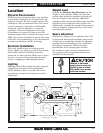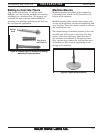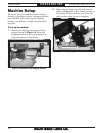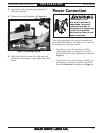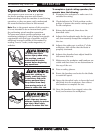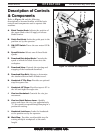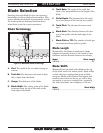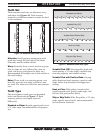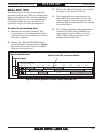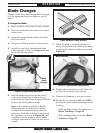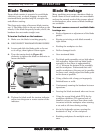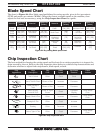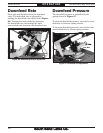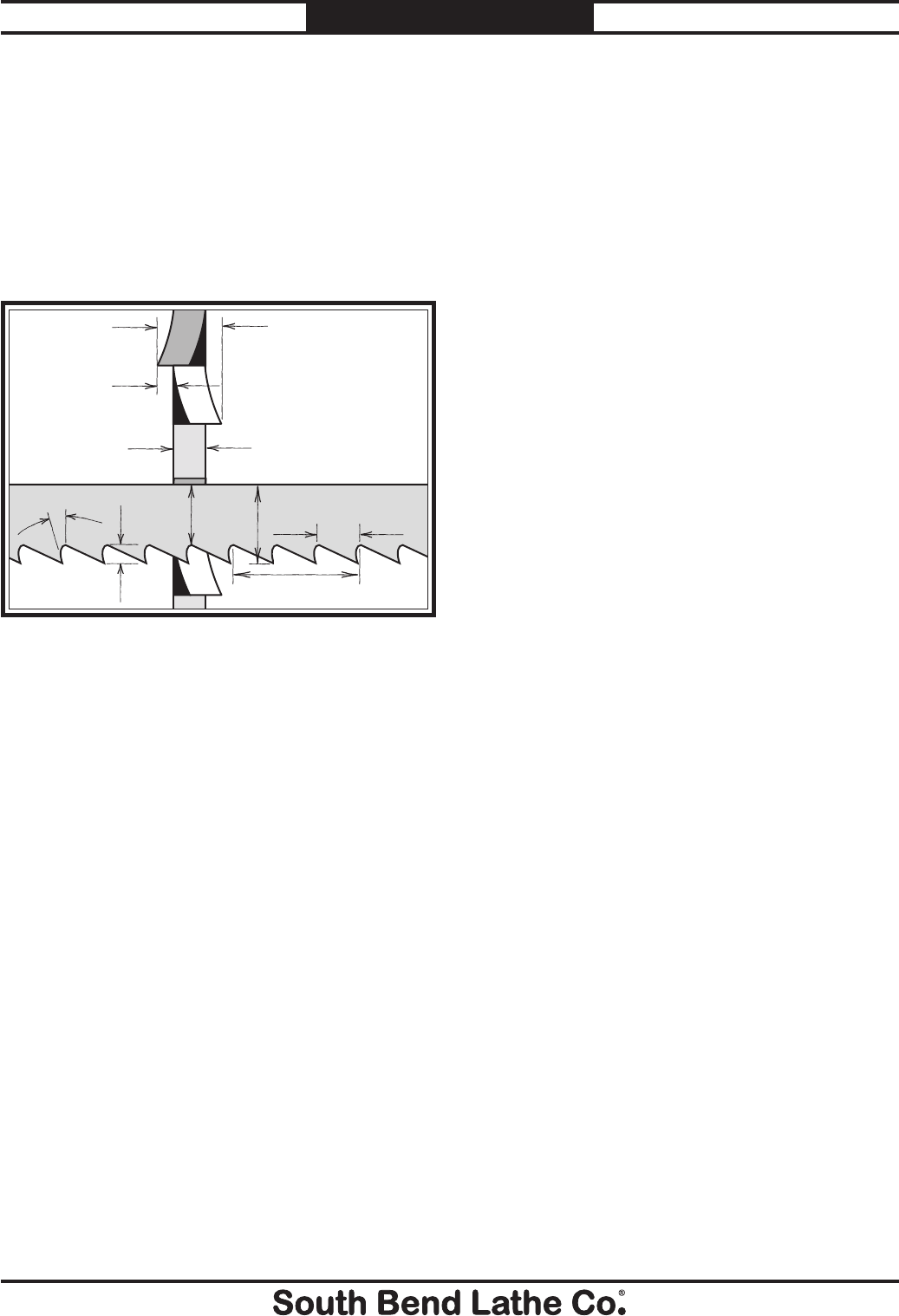
For Machines Mfg. Since 8/09 Model SB1019
-21-
OPERATION
Blade Selection
Selecting the right blade for the cut requires a
knowledge of various blade characteristics. This
section breaks down blade characteristics to help
the reader make an informed decision about
what blade to use for a given operation.
Blade Terminology
A. Kerf: The width of the cut made during op-
eration.
B.
Tooth Set: The distance each tooth is bent
left or right from the blade.
C.
Gauge: The thickness of the blade.
D.
Blade Width: The widest point of the blade
measured from the tip of the tooth to the
back edge of the blade.
A
B
C
D
E
F
G
H
I
Figure 15. Bandsaw blade terminology.
Blade Length
Measured by the blade circumference, blade
lengths are usually unique to the brand of your
bandsaw and the distance between the wheels.
Model Blade Length
SB1019 ................................................................93"
Blade Width
Measured from the back of the blade to the tip
of the blade tooth (the widest point), blade width
is often the first consideration given to blade
selection. Blade width dictates the largest and
smallest curve that can be cut, as well as how
accurately it can cut a straight line—generally
the wider the blade, the straighter it will cut.
Model Blade Width
SB1019 .................................................................
3
⁄4"
E.
Tooth Rake: The angle of the tooth face
from a line perpendicular to the length of the
blade.
F.
Gullet Depth: The distance from the tooth
tip to the bottom of the curved area (gullet).
G.
Tooth Pitch: The distance between tooth
tips.
H.
Blade Back: The distance between the bot-
tom of the gullet and the back edge of the
blade.
I.
Blade Pitch or TPI: The number of teeth per
inch measured from gullet to gullet.



